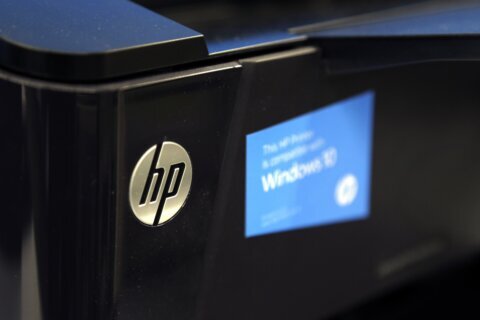Q: What exactly does SMART do on my computer?
A: There’s an old saying, “There are only two kinds of hard drives: those that have failed and those that are going to fail.”
This is especially poignant when it comes to older magnetic hard drives because the mechanical nature of the device introduces multiple points of failure, but this also applies to Solid State Drives (SSDs).
The magnetic platter must spin at a precise speed, the read-write heads must be precisely aligned and the air gap between the heads that platter must always be maintained.
Any slight deviation from optimum performance in any of the mechanical components can result in the stored data no longer being accessible.
Signs of a problem
There can be clear signs of an impending failure that include strange noises or a computer that constantly crashes or locks up.
Any kind of grinding or clicking is a really bad symptom, which should be addressed immediately in order to avoid the loss of critical data.
If you’re hearing sounds, but the computer seems to be functioning properly, take the opportunity to back up anything you care about as soon as possible. The next time you try to start the drive up, could be when it fails, as startup failures are common with older mechanical drives.
If you don’t care about the data on the drive, I’d recommend replacing it with a newer and much faster SSD, if you plan to continue using the computer.
If the computer takes forever to start up, freezes during startup or randomly crashes while in use, running a diagnostic program can help you quickly determine if the problem is a failing hard drive.
Get SMART status
Unless your hard drive is really old, there should be a built in diagnostic option that may actually appear when you first power up your computer.
The Self-Monitoring, Analysis and Reporting Technology (S.M.A.R.T.) was created to monitor and detect signs of a failing hard drive automatically.
In most cases, it would notify you of any problems that it has detected, but you can manually check the status on both Windows and Mac computers.
In Windows 10, type “Performance Monitor” in the search box and open the utility, so you can generate a system diagnostic report.
Start by clicking on “Data Collector Sets” in the left column, then double-click “System” on the right side, which should display System Diagnostics and Performance options.
Right-click on the “System Diagnostics” option and select “Start” to begin the process, which could take a few minutes.
Click on “Reports” at the bottom of the list in the left column, then double-click on “System,” then on the resulting item, which should be your report.
Scroll down to the “Basic System Check” section and click on the + in front of “Disk Checks” to see the SMART predict failure check results.
Mac Disk utility
Open the “Finder” and click on “Applications” in the left column, then on “Utilities” to get to “Disk Utility.”
Once open, click on your drive — usually the top entry in the left column — to get a SMART status, which will either appear as “Verified” or “Failing.”
Ken Colburn is founder and CEO of Data Doctors Computer Services. Ask any tech question on Facebook or Twitter.







